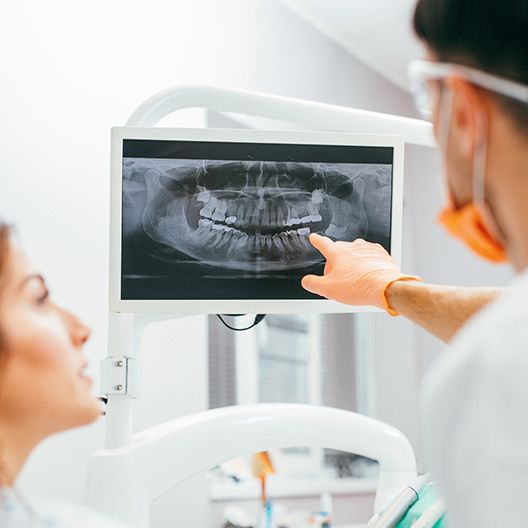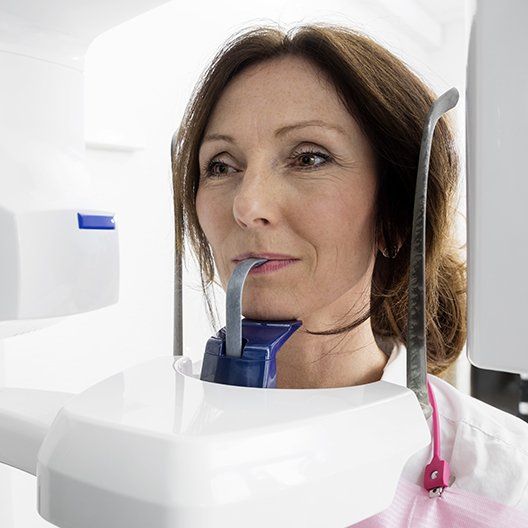Advanced Dental Services & Technology – Arlington, TX
The Latest in Precise,
Efficient Dental Care
Dentistry today is not the same as it was even a couple of decades ago. Technology is always marching forward, and it is important for dental offices to be able to take advantage of the latest instruments in order to bring patients the high-quality care they deserve. Below you’ll learn more about some of the technology that we put to use at our dental office in order to quickly and accurately identify potential oral health problems so that they can be treated appropriately.
Intraoral Camera

Do you sometimes have trouble picturing precisely what is going on in your mouth? It can be hard to know if you’re making the right decision about your oral health care when you don’t feel like you fully understand the situation. An intraoral camera is useful for showing the patients exactly what we see via a high-quality image on a monitor; you won’t have to use your imagination to picture what we’re talking about.
Digital X-Rays

Digital technology has changed the way dentists take X-rays. No longer do we have to rely on a dark room filled with environmentally harmful chemicals to develop the images; they’ll be available right away. This type of X-ray involves about 90% less radiation than traditional methods, which obviously makes it a far safer option. The images themselves are typically far clearer and can be enhanced in order to highlight the areas where decay is present.
Panoramic X-Rays

When taking X-rays, it’s not always enough to just look at the front part of your smile. A panoramic X-ray lets us capture the entire mouth at once. It does this by providing a flat image of the normally curved jaw, letting us see all of your teeth at once along with the underlying bone tissue. This is an extremely useful technique for planning certain treatments, including dentures, extractions, and implants. The digital format lets us change the contrast or brightness of the image so that we can see specific structures and tissues as clearly as possible.
